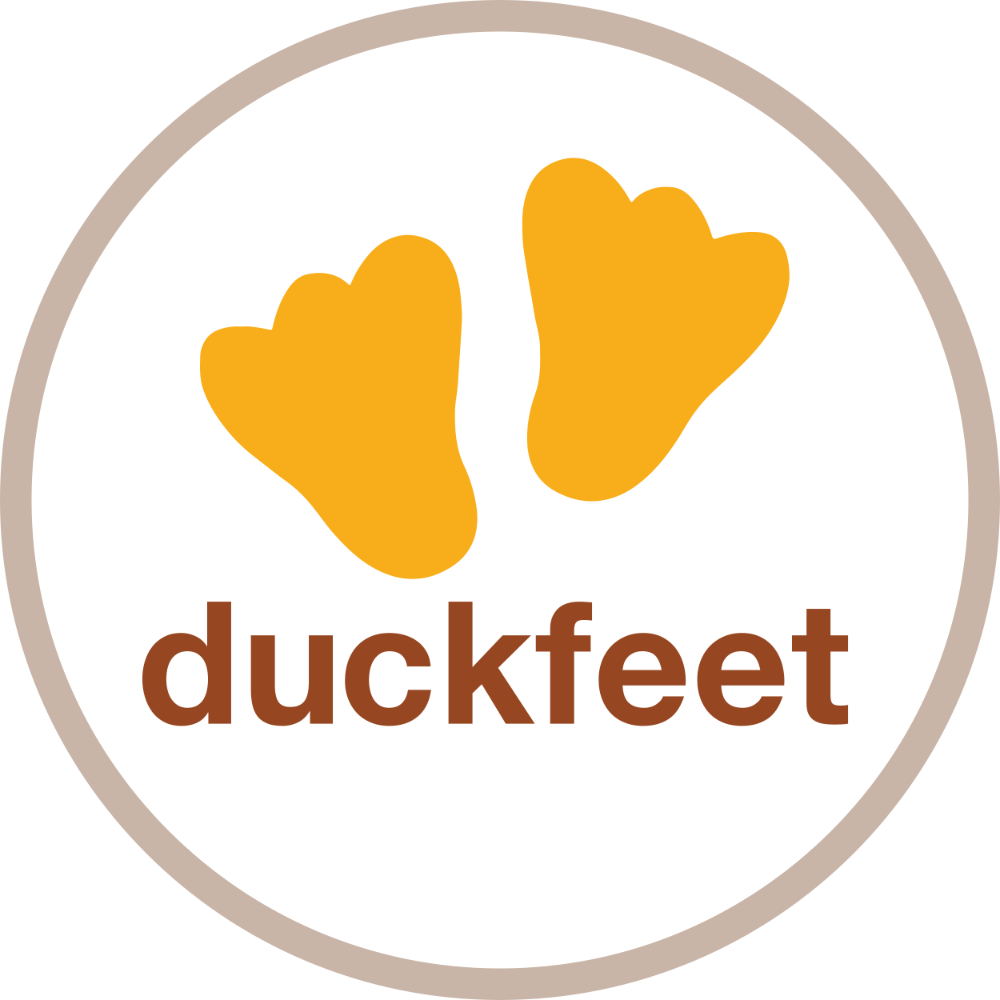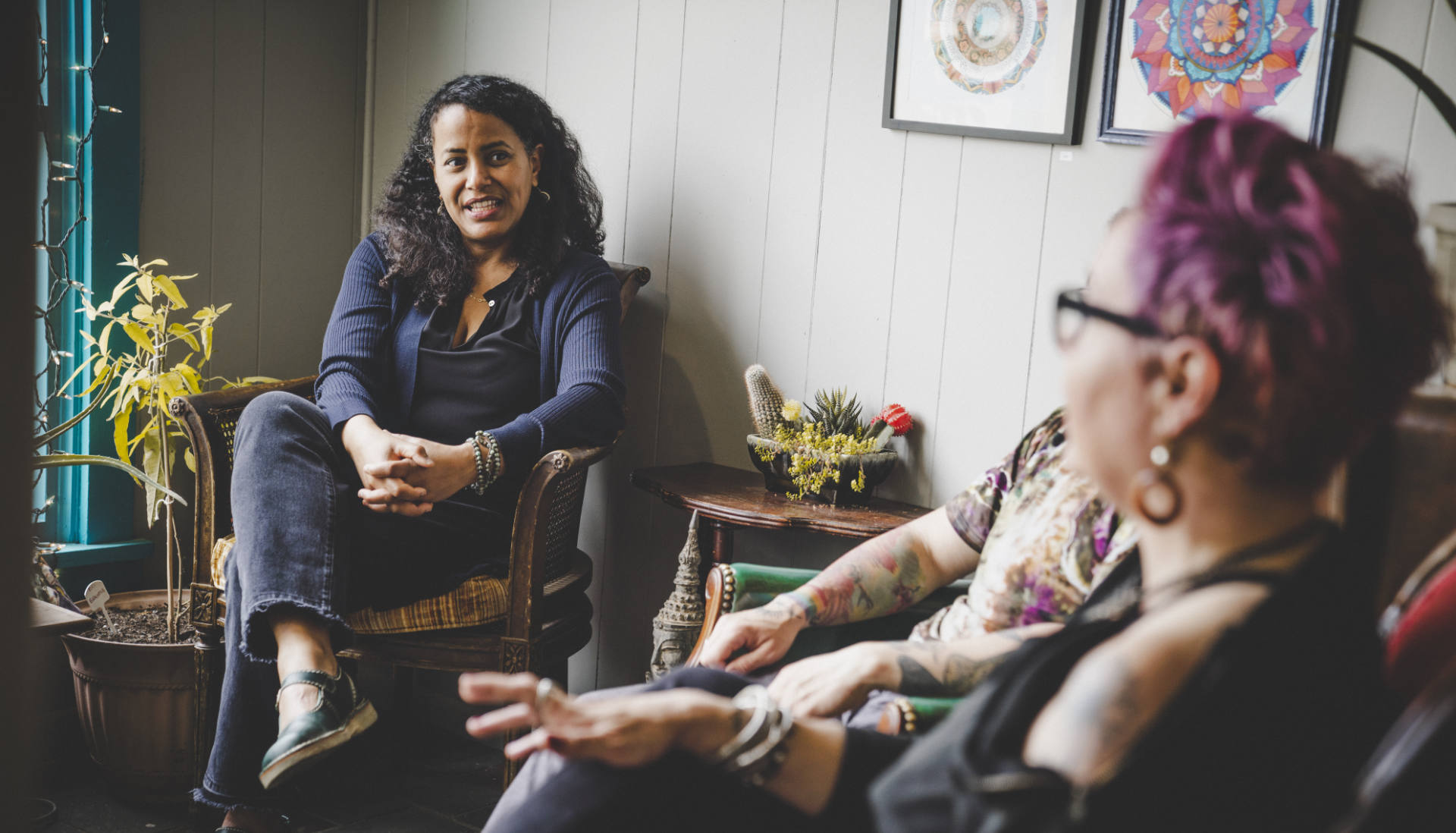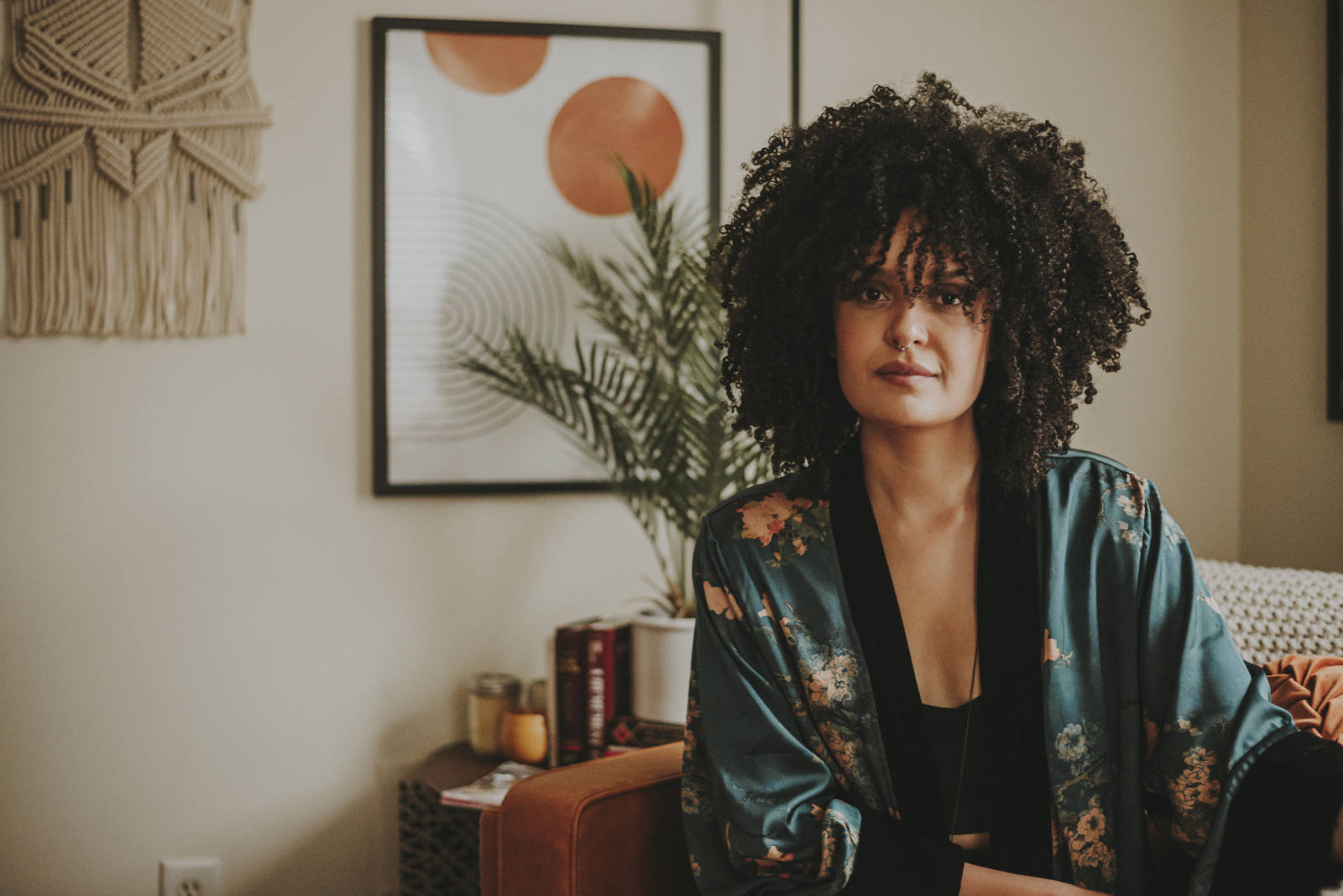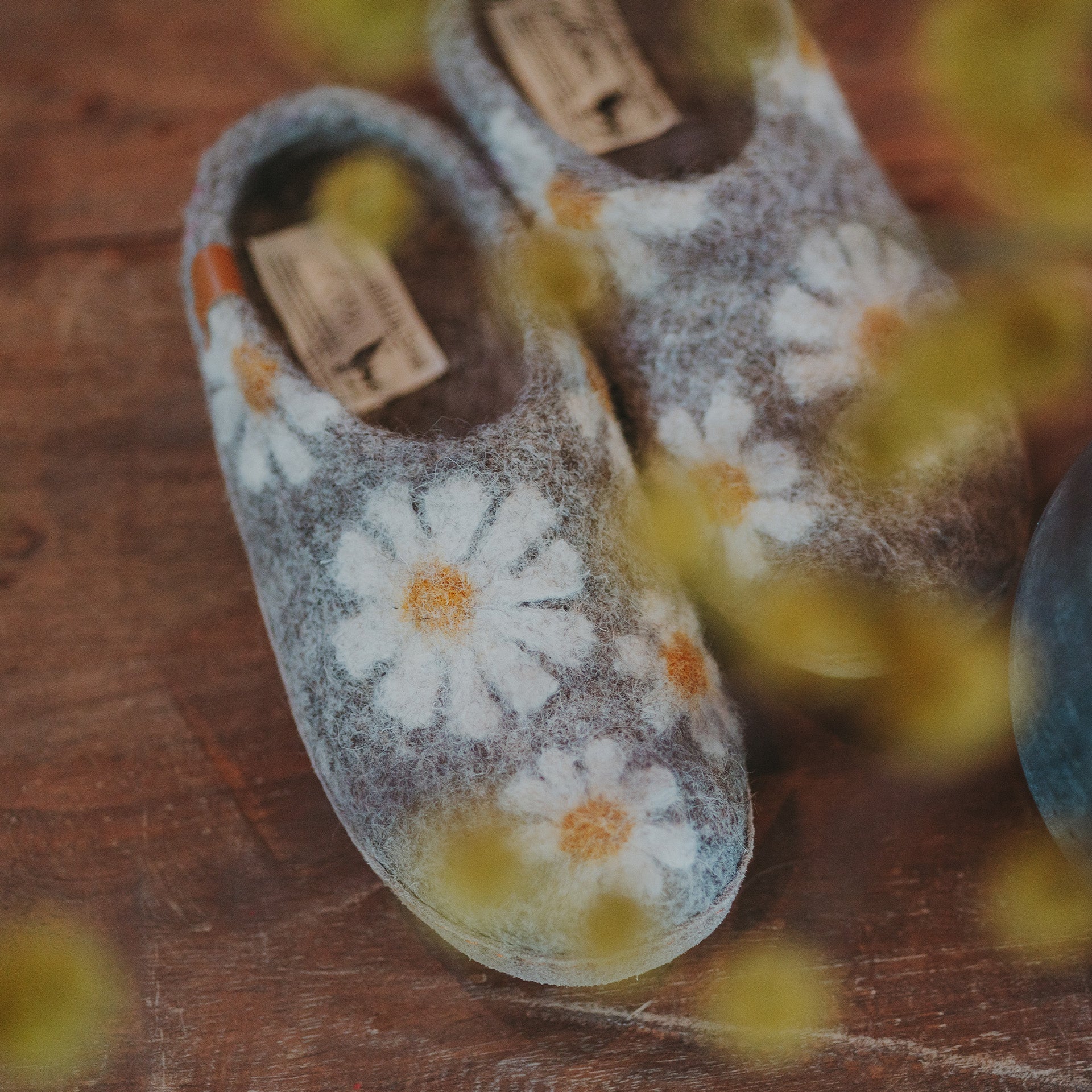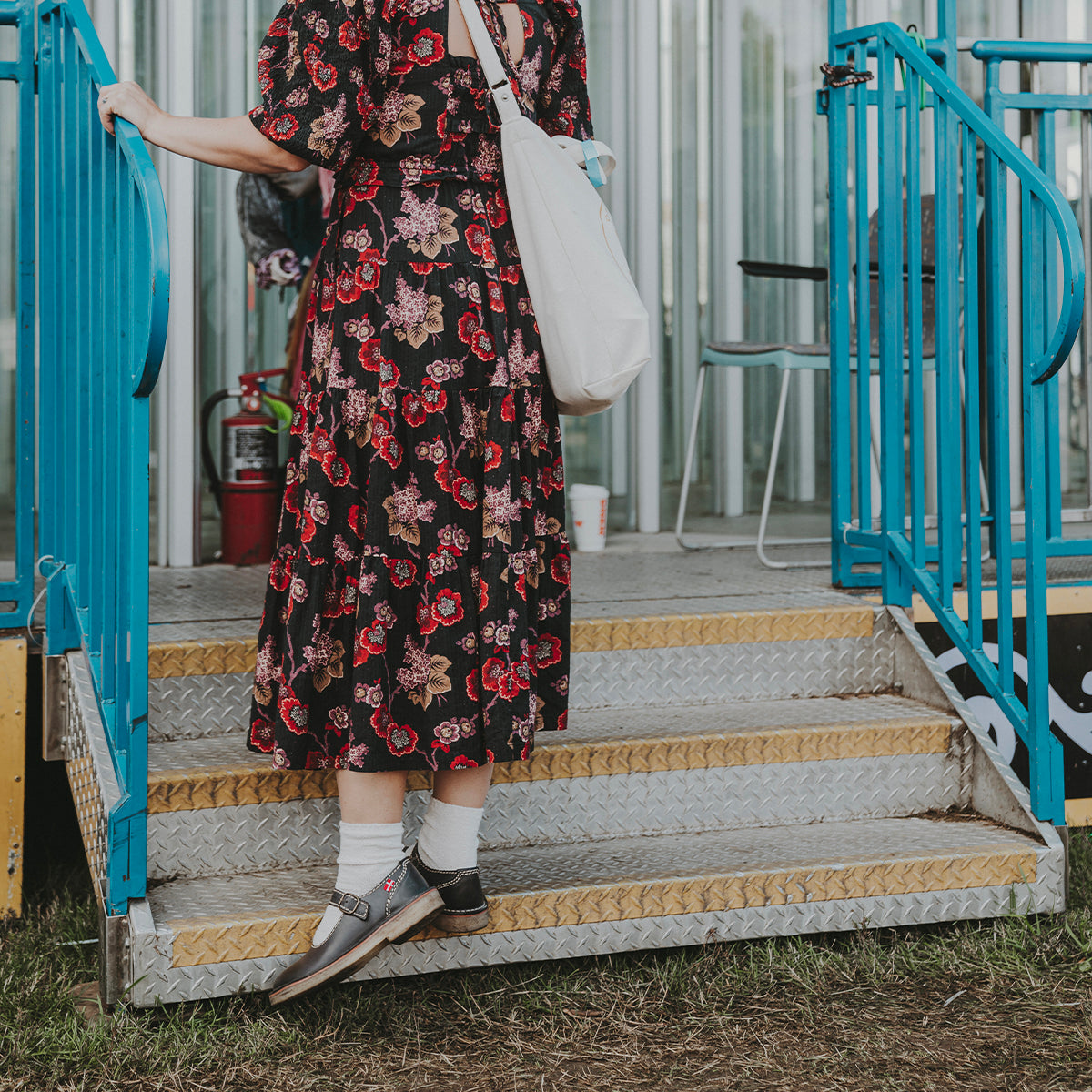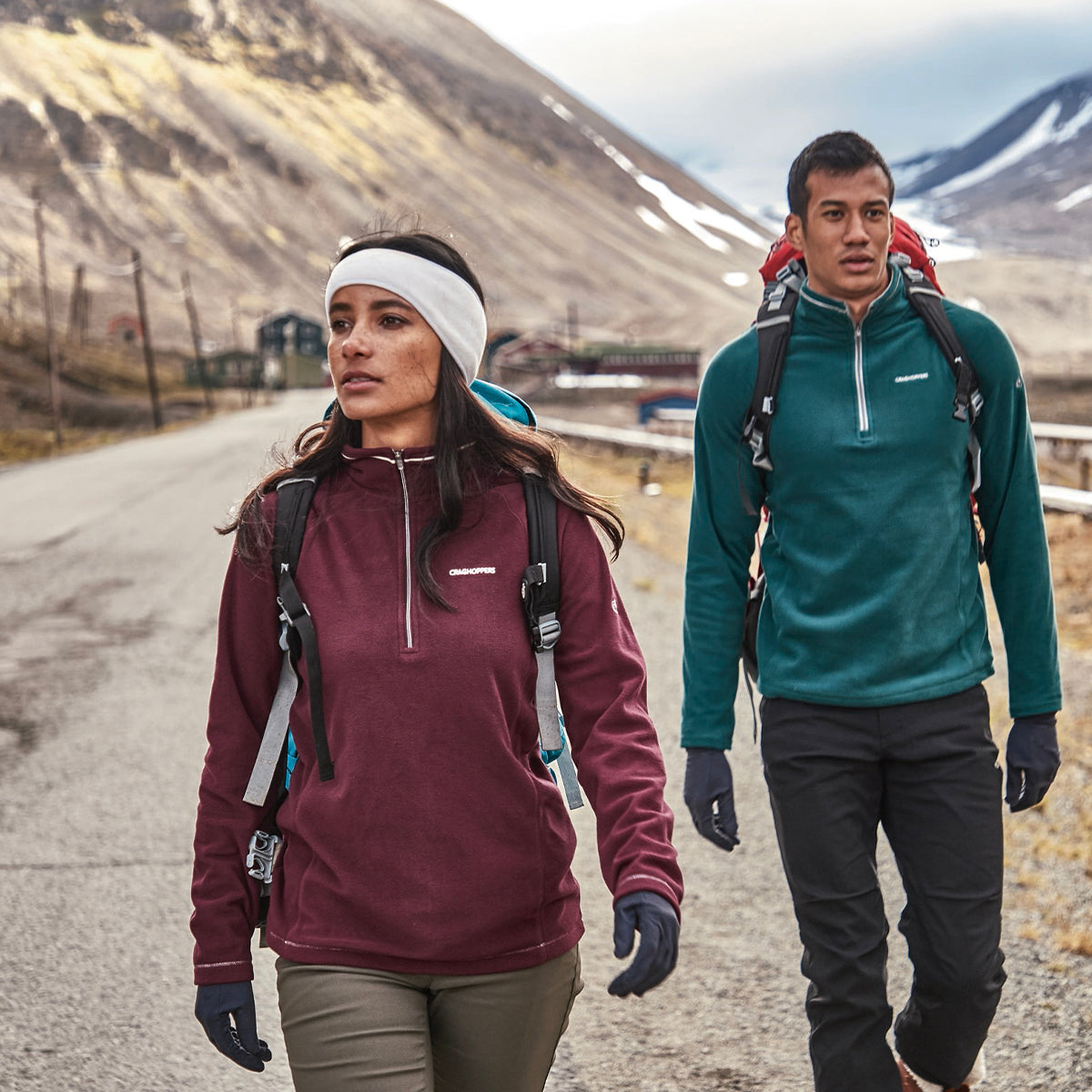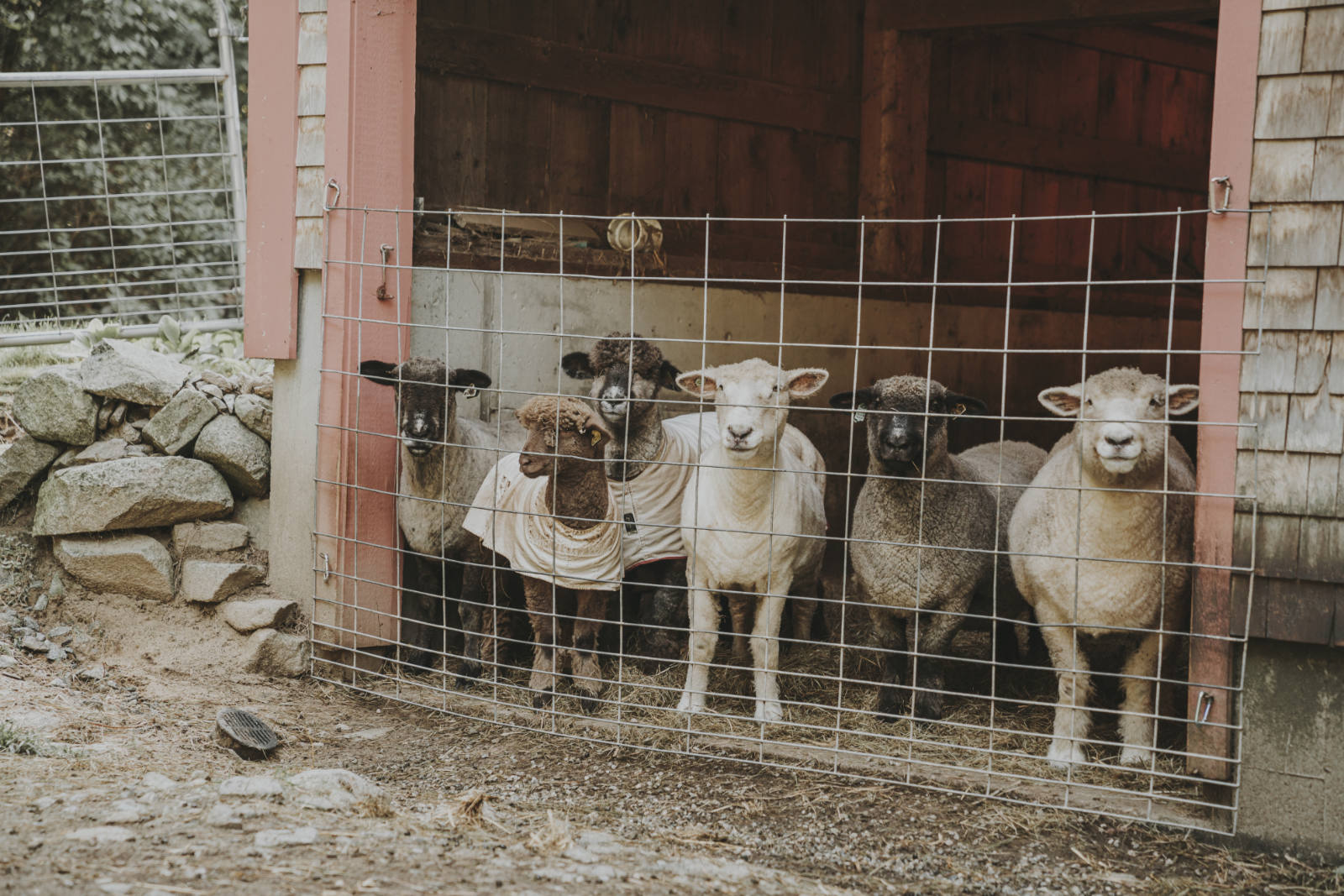
Great Bay Wool Works
It’s a beautiful September morning at Great Bay Wool Works in Durham, New Hampshire. We are here to meet Theresa Walker and her flock of Romney sheep at Liberty Hall Farm.

It is shearing day here at the farm, and Theresa was kind enough to invite us over to observe the process. The sheep are happily grazing in the pasture and enjoying the warm morning sun. Theresa takes the time to inform us about the long history sheep and humans have shared.
Sheep were one of the first animals to be domesticated, beginning in Mesopotamia 10,000 years ago. They provided early humans with the three basics— food, clothing, and shelter. Later, as the skills of spinning and weaving were learned, wool garments became prized possessions, valued for their warmth and durability. This allowed early humans to move beyond the warm climates they originated in. Soon, wool would become one of the earliest tradable commodities.
Theresa keeps these ancient traditions alive with a flock of two dozen Romney sheep—a breed known for their exceptional quality fiber. From these fibers, she creates luxurious yarn used by knitters far and wide. The sheep at Great Bay have constant access to pasture throughout the day, choosing the environment they wish to be in, and Theresa treats the flock with all the care and kindness one would bestow on family pets.

Soon, Jay Mariacher arrives. Jay is an award-winning shearer who travels the country caring for fiber producing animals. He has been shearing sheep for forty-three years! Jay has since gone on to win several national competitions and now travels the entire eastern seaboard shearing sheep and alpaca.
Now, it’s time to begin.
First we herd the sheep into the barn and Jay selects a ewe to begin with. It is quite obvious Jay has a great connection with sheep. They are immediately at ease in his care, and he makes every effort to keep them stress-free throughout the process. The shearing begins with Jay guiding the sheep into a comfortable and accessible position to be sheared, usually lying back propped up by his legs. The sheep relax, almost seeming as if they are asleep in the barber chair.

Jay is a true professional, known to be able to shear an adult sheep in under two minutes. Today he is moving a little slower as he takes us through the process. Still, there is a remarkable fluidity in Jay's movements that mark him as a pro—and the sheep can sense it.
Jay will gently stretch the skin as the clippers approach to keep a smooth surface and prevent any nicks or cuts from happening as he trims the fleece away. This also allows him to obtain the longest fiber length from each pass. After the shearing is complete, Jay trims their hooves and pats them on the head. Once finished, the sheep happily bounce up and move out to the pasture to enjoy the coolness of their newly shorn coats.

As for the fleece, the goal is to waste nothing, while preserving the high quality of the finest fibers. Fibers are graded on their fineness and length. The goal is to have consistent fibers throughout each batch of wool. For this reason, Theresa is careful to keep any dirty or short fibers out of the pile for processing. Once all the prime wool is collected, it is sent out to be turned into yarn. The lower quality wool can still be used for other purposes, such as insulation or compost.

Yarn is created in several steps, beginning by cleaning the wool of any debris as well as removing excess lanolin. The wool is then run through a series of wash tubs containing soap and water. After the wool is clean, it moves on to the carding process. Wire rollers remove any remaining vegetative matter and straighten the wool fibers. The aligned fibers are then rolled, creating a rope—this is called “roving.” The roving is spun by a spinning frame, where the fibers stretch further before being twisted and re-twisted into yarn that can be used for weaving or knitting.

When the yarn returns to Theresa, she sorts through it and decides what to dye, and what will be left in its natural state. There is a lot of variation to the natural wool tones, from a creamy white to brown, gray, and even black. Theresa uses botanical dyes to achieve natural hues of blue, red, pink, yellow, and purple.
The finished yarn is sold on the farm and at fiber art shows throughout New England. Theresa travels to several shows each year, looking to learn and share her knowledge of sheep and the fiber arts.
Gaining insight on the way in which wool is gathered and crafted into the objects we hold dear gives us a greater appreciation for them. The wool for our Duckfeet is created in a very similar way. The wool in your Århus, Grenå or Odense comes from small family farms and is harvested traditionally with the utmost care for the animal's welfare.

So next time you pull on your favorite pair of wool lined boots, take a moment to thank the sheep that keep your feet warm and happy. 🐑
View Great Bay Wool Works Show & Shop
